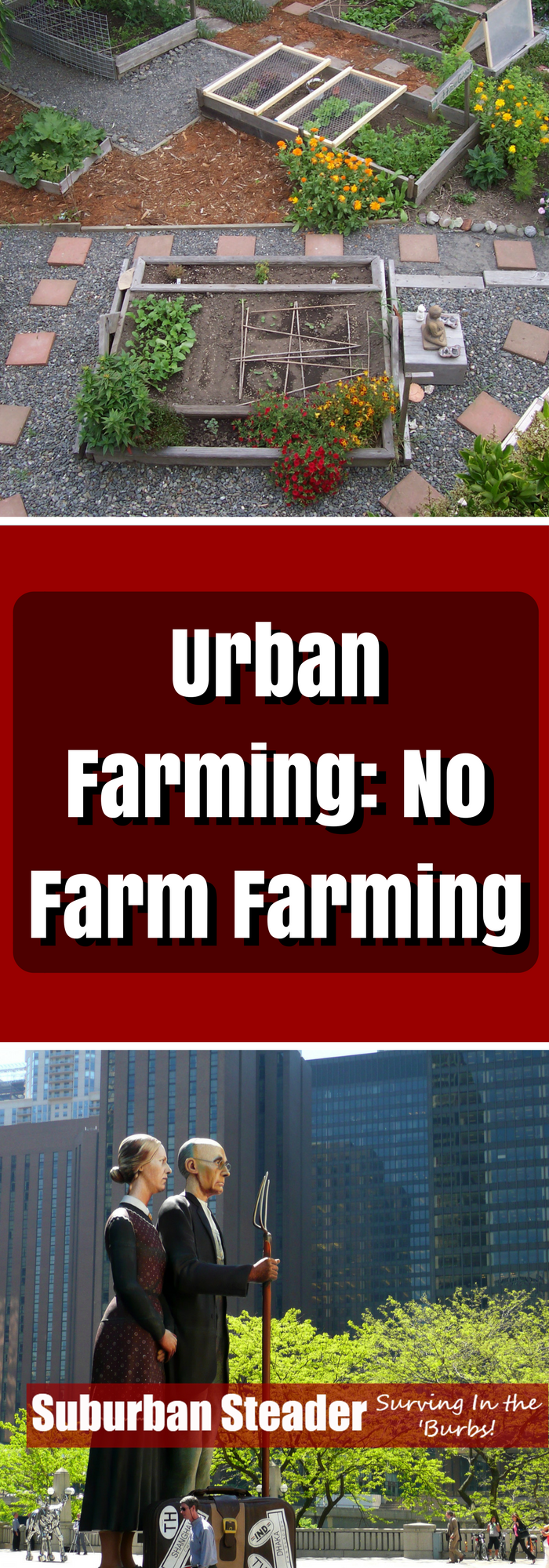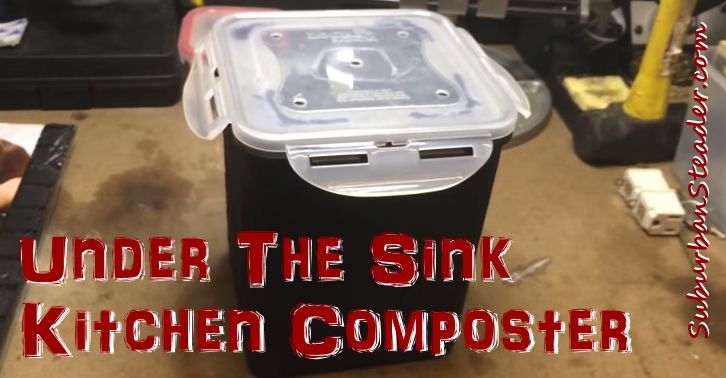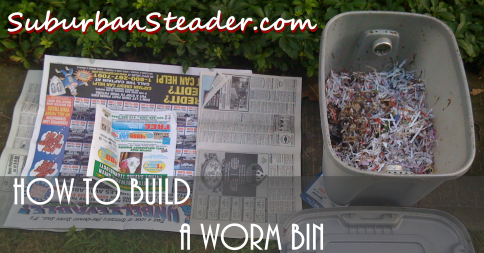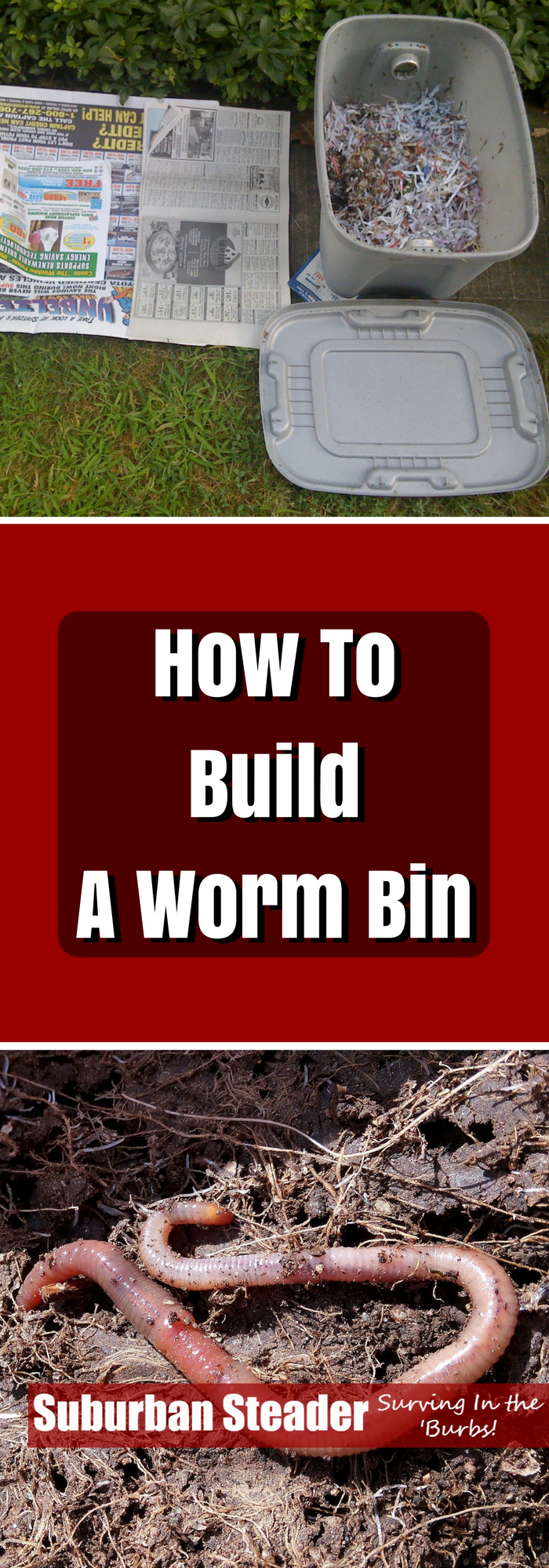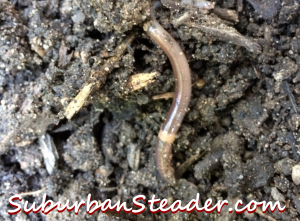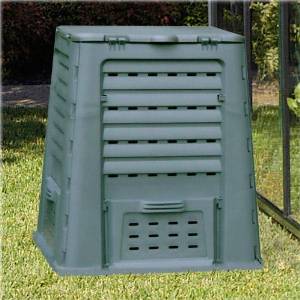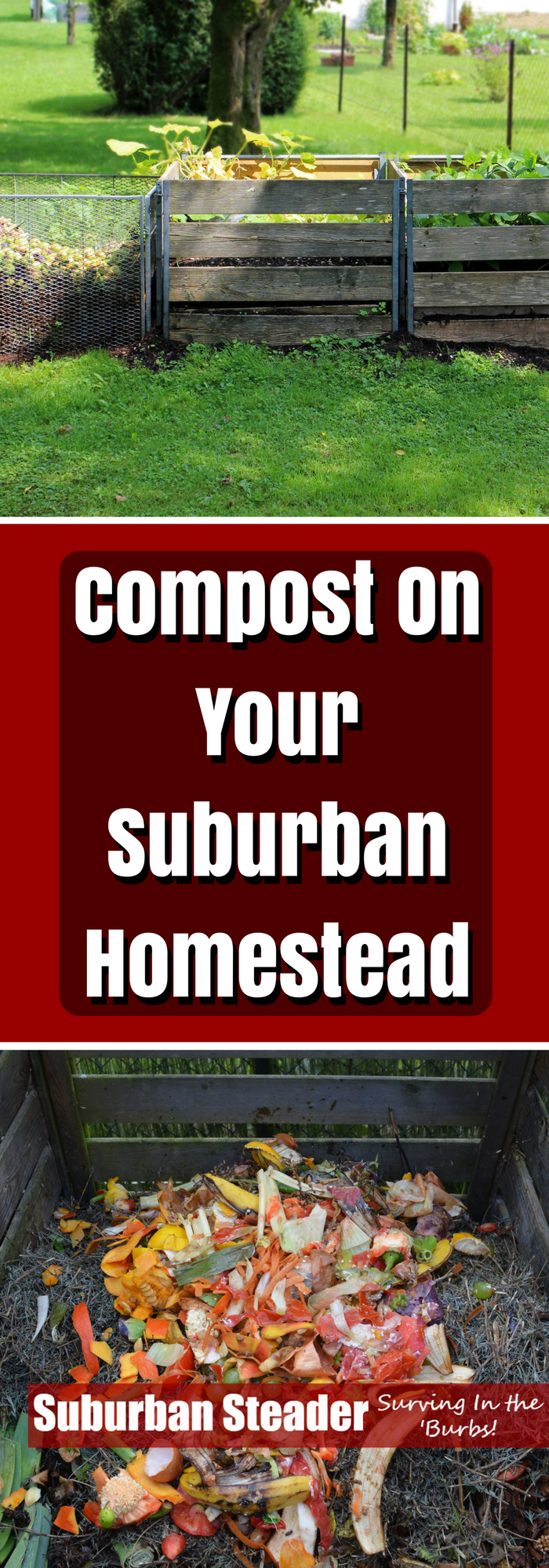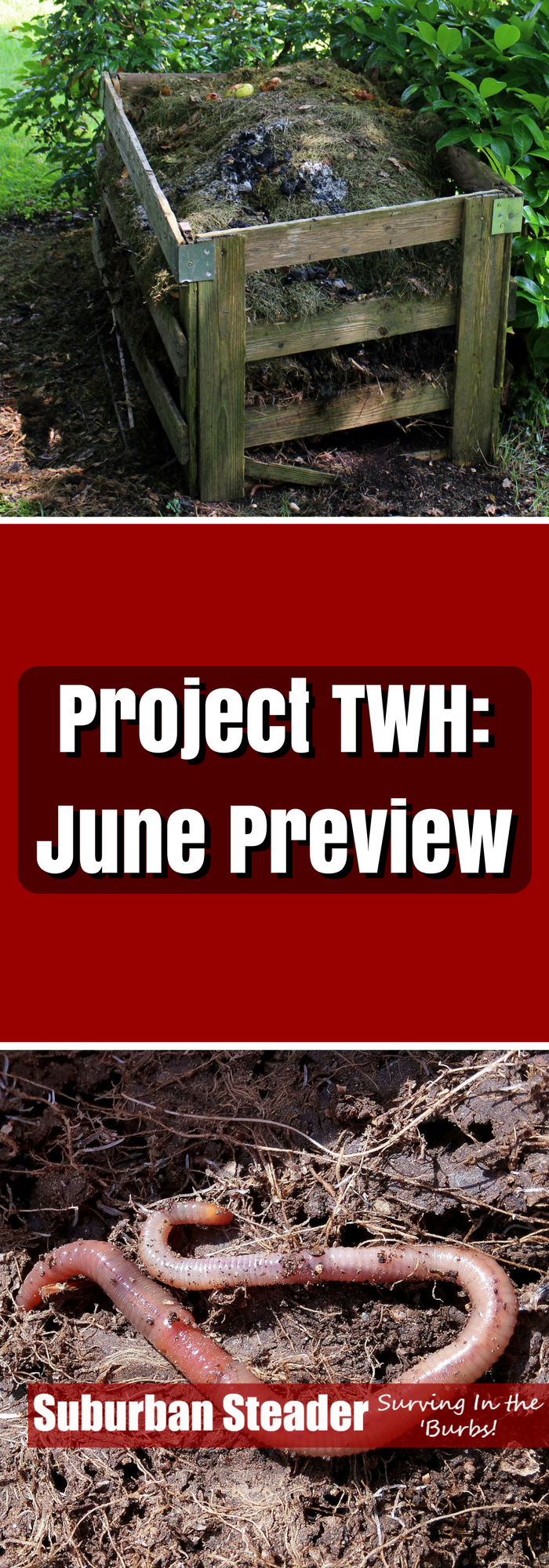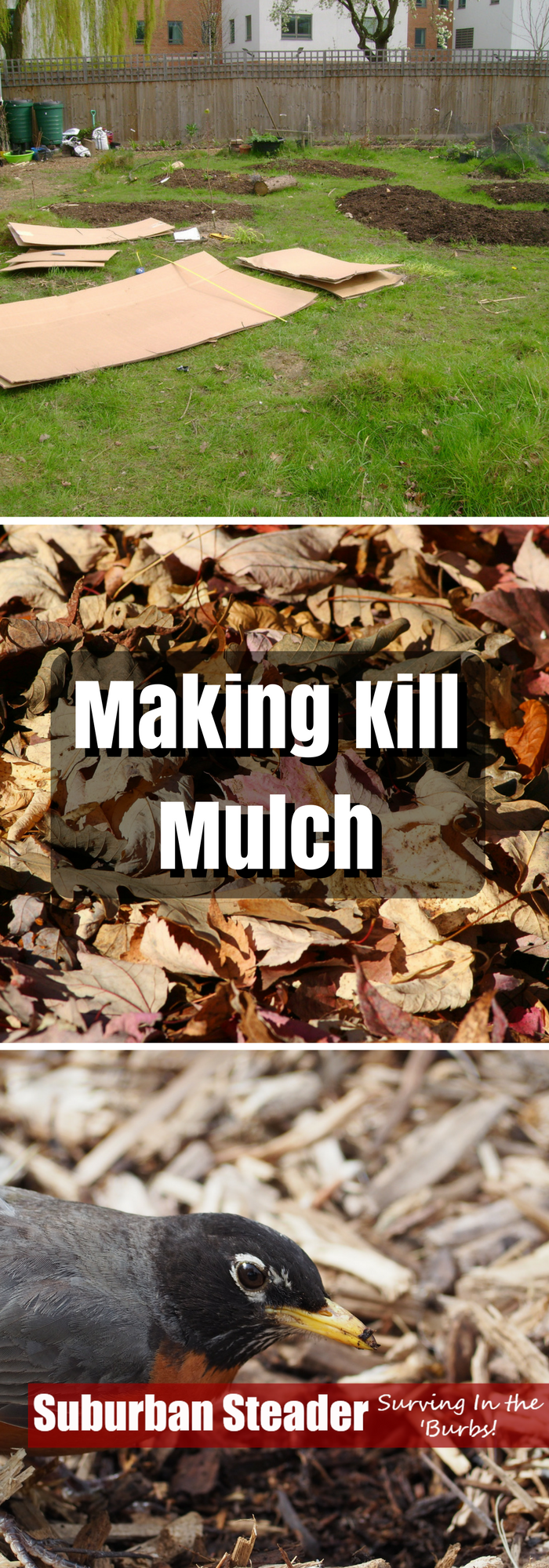Urban Farming: No Farm Farming
Many people graduate from college and just sit year after year wondering what their calling is. If you are looking to make a difference in the world and find that the typical 9-to-5 isn’t making the cut, then perhaps it’s time to take a look at farming, specifically urban farming.
“What if I don’t have land?” you might ask. This article will help you bring farming techniques into fruition in areas where space is limited. Permaculture is a large concept at work here and it can run the gamut of everything from composting to water retention systems. Although you may think that your backyard is too small to enact some of the main principles, think again. All of these things can bring you one step closer to farming in your backyard.
Water Harvesting
You may not be building the water terraces of ancient China or the aqueducts of old Peru, but you can still change the dynamic landscape of your own backyard to save water. Consider where you need to water and where rain gathers. If you can divert this natural force and slow it’s descent to the sewer you’ll be better off.
First, let’s tackle the backyard. Taking excess dirt and creating a slope that funnels water to the center of the garden is the best way to take advantage of soil architecture and save rainwater, as well as water from your sprinkler.
Roof runoff is also worth saving no matter how rare rainfall is in your area. There are a few things to keep in mind when setting up a water cache system like this.
- Water Quality: Water must be filtered and should be pollutant free. Keep in mind that zinc-aluminum roofing can be dangerous to your health.
- Do not let your gutters become blocked with leaves. Leaf guard can be expensive, while homemade alternatives are still effective.
- Regular maintenance is a must. You’ll want to make sure that water is sealed at appropriate times, to protect from development of mosquitoes in warmer months.
Companion Planting
Growing plants that are native to the same continent and cultures together will improve crops survivability. Because these plants have evolved in the same place for many generations, they require the same protection, and in some instances provide shade, nutrients, and ground cover.
You might find your crops being under siege from spider mites or other pests. This guide will illustrate just how to face those problems in an organic way, by using companion plants.
Composting
Composting is central to the farming experience. While we won’t delve completely into the wide world of composting here, there are a few things to remember while at home in the urban setting.
- Make sure to seal compost bins to avoid confrontation with pets, pests, and neighborly noses.
- Red Worms are your best friend
- Save coffee grounds or ask for some from a local business
- Find a local composting co-op if you don’t have room at home.
Keep in mind that your goal is to return nutrients to the soil as food for crops. You don’t want your backyard turning into a miniature dust bowl after several seasons.
Graywater
This is a topic that can take some getting used to, but with the proper installation you can use the forms of water in your household that are not exposed to human waste to better hydrate the garden. I’ve seen setups where the sink was disconnected and water was free to run into a bucket for later distribution. This comes with its problems of course and is not recommended. But there are designs aplenty for whatever age your home may be. Here are some of the most prominent benefits:
- More water for use, and less strain on wells or drought stricken areas
- Less strain on failing septic tank
- Less energy and chemical use
- Plants benefit foremost and after water is returned to it’s origin (groundwater) faster
- Increased awareness of and sensitivity to natural cycles
Poultry & Eggs
Yard pending, you can find a way to install a small to a medium chicken coop or convert a pre-existing shed. The chicken housing must meet several requirements, not only to meet city ordinance but also for the chickens themselves to be happy and fruitful:
- Chicken feeding is a regular job and requires a solid schedule. An automatic feeder may lessen the burden.
- Fencing around the coop can be important if you have nosy pets or live in an area rife with predators.
- Don’t forget the light! Chickens only lay eggs based on daylight cycles. Some lights will also affect the temperature of the coop, which is another important part of keeping chickens healthy and alive.
- Make sure you have access to the inside so you may clean regularly.
Whether the goal you have in mind is for eggs (quite sustainable) or for poultry, you should find that the coop is an excellent addition to the home, and is one step closer to making you an actual farmer. Treat your chickens well and a healthy product will come along with it.
Position of the Sun
If you aren’t paying attention this could spell disaster for your first year, mostly because you won’t have a second year. Without proper daylight, your crop will never properly flourish, and for some locations, the urbanite may have to do some proper planning. Before making any cuts on the tree linings of the property, make a chart that shows where the sun line falls on your property. In some cases, you’ll have full coverage, but more than likely you’ll have a tree or two in the way. Note the time of year as well, as the sun will shift depending on the season.
After trimming, consider burying the remnants of your tree trimmings to create a Hugelkultur bed. This is a form of composting that uses trees and tree parts to save moisture, contribute nutrients, and reinvigorate the soil. Gather the tree parts and bury them with a layer of nutrient dense material and cover with topsoil and my personal preference of straw.
Urban Farming For All…
This article is only the tip of the iceberg. Use the following resources to transform your backyard into a farmer’s market contributor, and turn that day job into that of an urban farmer. If all goes well, maybe you’ll make that return back to college for an agricultural education. For now, supplement your income with fresh fruit, vegetables, and stock!
References and Resources for Further Education
- Farming System Online Education
- Home Composting Guide
- Home Energy Efficiency
- Graywater Installation
- Safety And Reminders
